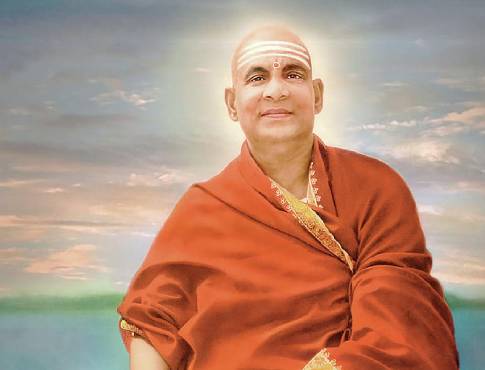
Swami Sivananda (1887–1963)
Sri Swami Sivananda Saraswati also known as Gurudev Swami Sivananda was a highly renounced yogi of Rishikesh. Sri Swami Sivananda Saraswati’s teachings inspired people across the globe to practice yoga and lead a divine life. He founded the Divine Life Society at Rishikesh in 1936, the Sivananda Ayurvedic Pharmacy in 1945, the Yoga Vedanta Forest Academy in 1948, the Sivananda Eye Hospital in 1957, and attained Maha Samadhi on 14th July 1963.
Sri Swami Sivananda never left the shores of Rishikesh, India but today he is known all over the world for his spiritual wisdom and clarity.
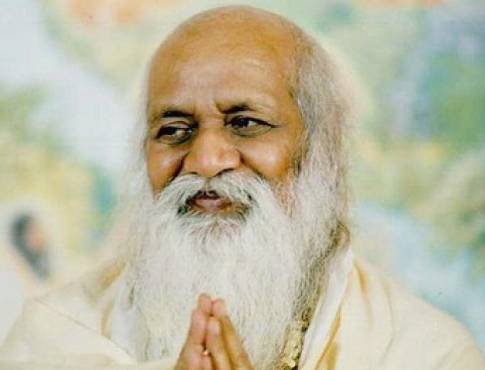
Maharshi Mahesh Yogi (1918–2008)
Maharishi Mahesh Yogi was a well-known spiritual leader and the founder of the Transcendental Meditation technique. A disciple of His Divinity Swami Brahmananda Saraswati, Shankaracharya of Jyotir Math Himalayas.
Maharishi wanted to spread the knowledge gained from his Master all over the world. Hence, he started public teachings of the transcendental meditation technique from Rishikesh, India, and commenced a world tour to popularize it. He founded the simple, natural technique of Transcendental Meditation, which allows anyone to experience and utilize the source of infinite intelligence and creativity within – the field of pure consciousness.
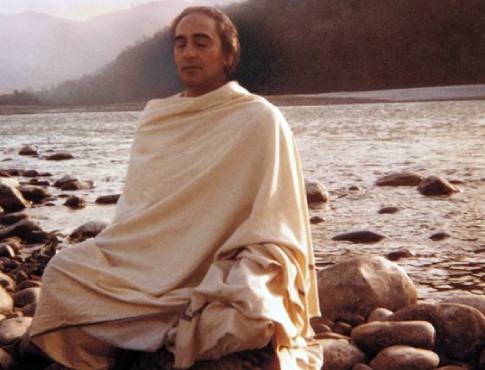
Swami Rama (1925-1996)
Swami Rama was born in the Himalayas in 1925. He was initiated by his master into many yogic practices. In addition, Swamiji's master sent him to other yogis and adepts of the Himalayas to gain new perspectives and insights into the ancient teachings. At the young age of 24, he was installed as the Shankaracharya of Karvirpitham in western India. Swamiji relinquished this position to pursue intense sadhana in the caves of the Himalayas. Having completed this sadhana, he was directed by his master to go to Japan and to the West to demonstrate the scientific basis of the ancient yogic practices. At the Menninger Foundation in Topeka, Kansas, Swamiji convincingly demonstrated the capacity of the mind to control so-called involuntary physiological parameters such as heart rate, temperature, and brain waves.
In 1989, Swamiji returned to India where he established the Himalayan Institute Hospital Trust in the foothills of the Rishikesh, known as Garhwal Himalayas. Swamiji left this physical plane in November 1996, but the seeds he has sown continue to sprout, bloom, and bear fruit. His teachings embodied in the words "Love, Serve, Remember" continue to inspire the many students whose good fortune it was to come in contact with such an accomplished, selfless, and loving master.
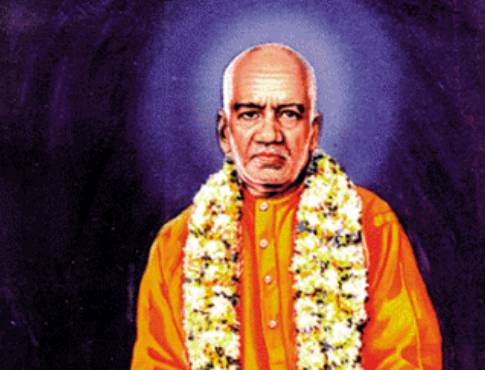
Swami Tapovan (1889–1957)
Swami Tapovanam was a consummate Vedantin, a strict teacher, a compassionate mentor, a poet whose every thought throbbed with ecstatic awareness, and a sage of unsurpassed wisdom and tranquility. He is one of those rare sages who personifies the Absolute in every sense of the word — eternal and infinite — radiant and resplendent, dazzling with the effulgence of a million suns.
Swami Sivananda called him ‘Himavat Vibhuti,’ meaning “the glory of the Himalayas”; and in the world of sages and ascetics, he is acknowledged as one of the four great enlightened masters of Vedanta who lived in the Himalayas during the time, along with Swami Vishnudevananda, Brahmaprakasa Udasina, and Devagiri Swami.
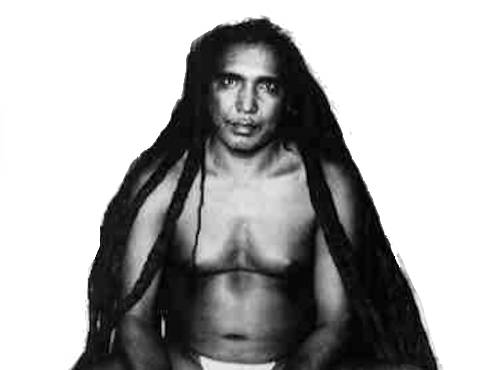
Tat Wale Baba (1884-1974)
Tat Wale Baba was a famous recluse in India. He was known as the “naked saint” as he wore only an ocher loin cloth. He was also called “the wise man of the mountains”. Tat Wale was a nickname meaning “one who wears jute”. Baba means “father”. He was quite fit and youthful looking, even at the time of his death at about 85, in 1974. His hair was very long and braided, hanging onto the ground.

